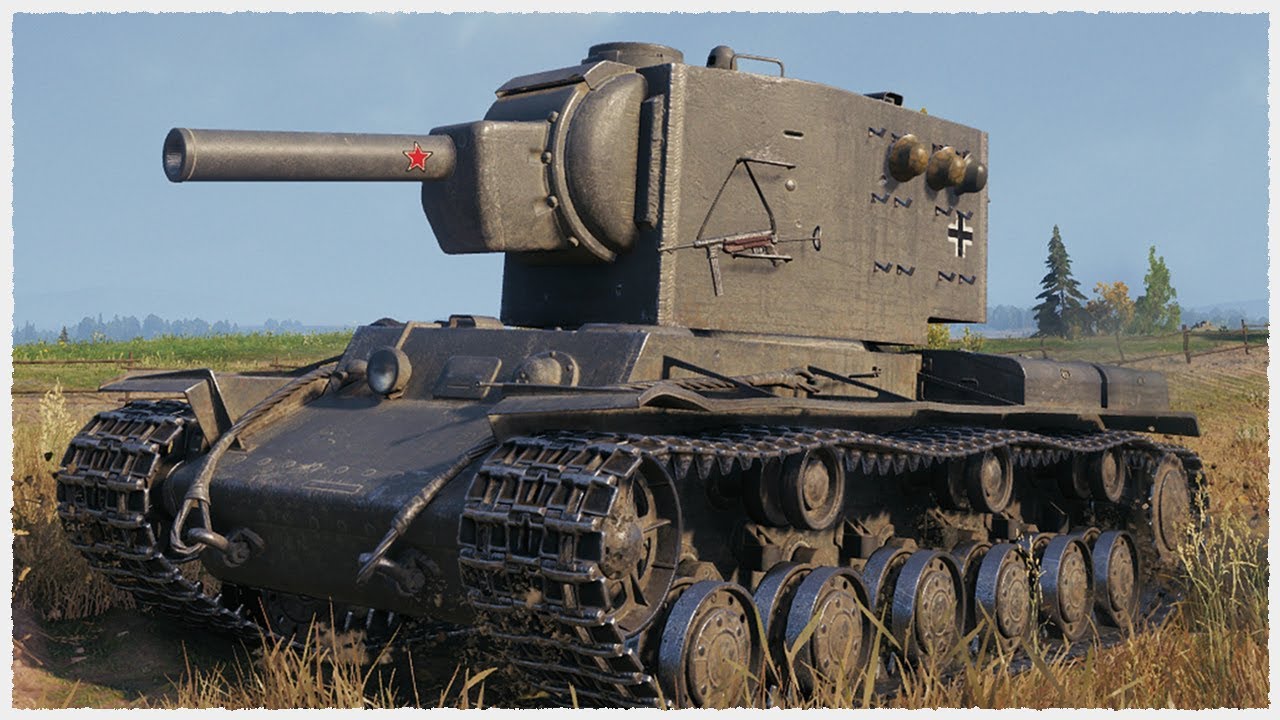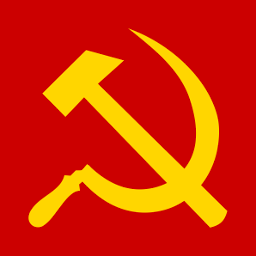As the title says. This is something that has always confused me, but why was it so easy to dismantle the Soviet Union? The blame is usually put in Gorbachev and Yeltsin, but the Union wasn’t governed by just a single man. The whole CPSU was responsible for the government’s actions. How was it, that these opportunists managed to get in there and just tear the country apart?
Also, how was it impossible to restore the previous order? So Yeltsin, a liberal sell out, is in power and nothing can be done to remove him and restore socialism? Why were the protests to bring back socialism not enough?


There already was an immense amount of pressure from outside and inside. The Baltic republics had turned extremely anticommunist, they had failed in Afghanistan and were getting hit by the blowback from that, and Gorbachev’s policies had given a ton of power to oligarchs who made it difficult for the government to change course. Doesn’t help that Yeltsin bombed parliament when they tried to stop the USSR from dissolving, too, of course, but at that point you’re looking at the conclusion of something that had been coming for years.
Sorry, but which oligarchs? The SU shouldn’t have any oligarchs.
Yeah, so what you’re missing is the liberalization period. The SU under Kruschev and his faction decided to steer the country towards liberal reforms which allowed for private accumulation of capital. It also adopted a strategy of trying to become friendly with the West in a failed attempt to co-dominate the world with them.
In essence, the SU didn’t go quickly, it took decades.
Just because they shouldn’t doesn’t mean they didn’t. The Law on Cooperatives, which came about in 1988, allowed for private ownership of businesses in the services, manufacturing, and foreign-trade sectors. The reforms created by Perestrokia set the conditions that allowed for oligarchs to come into power. Take Boris Berezovsky, for example. From Wikipedia:
There obviously is a lot more historical development that led to this point in USSR history, but Perestrokia really set the stage for capital accumulation, it would seem. Early on in these reforms it seems that many of the oligarchs were also members of the Soviet state; again, see Wikipidia.